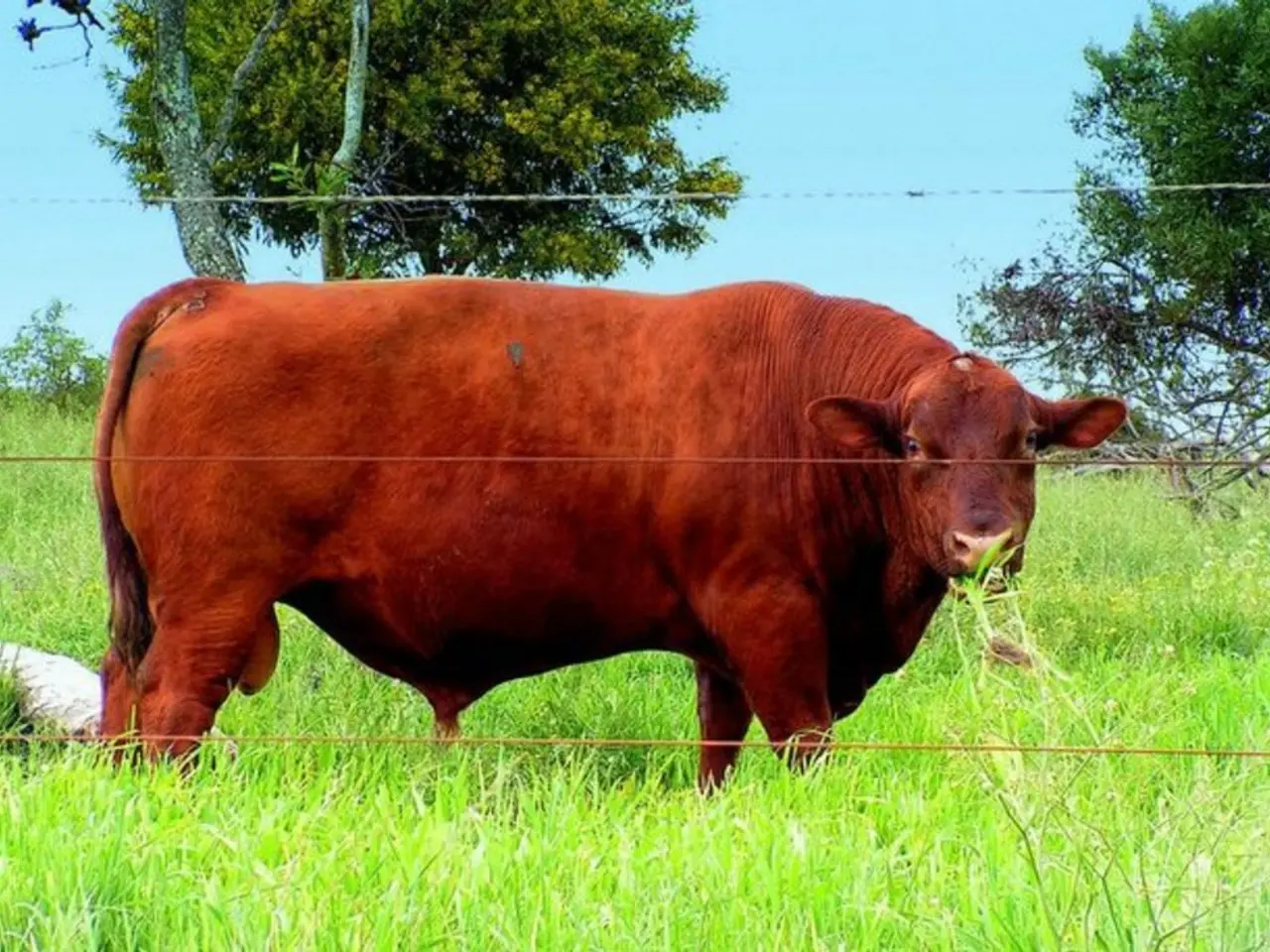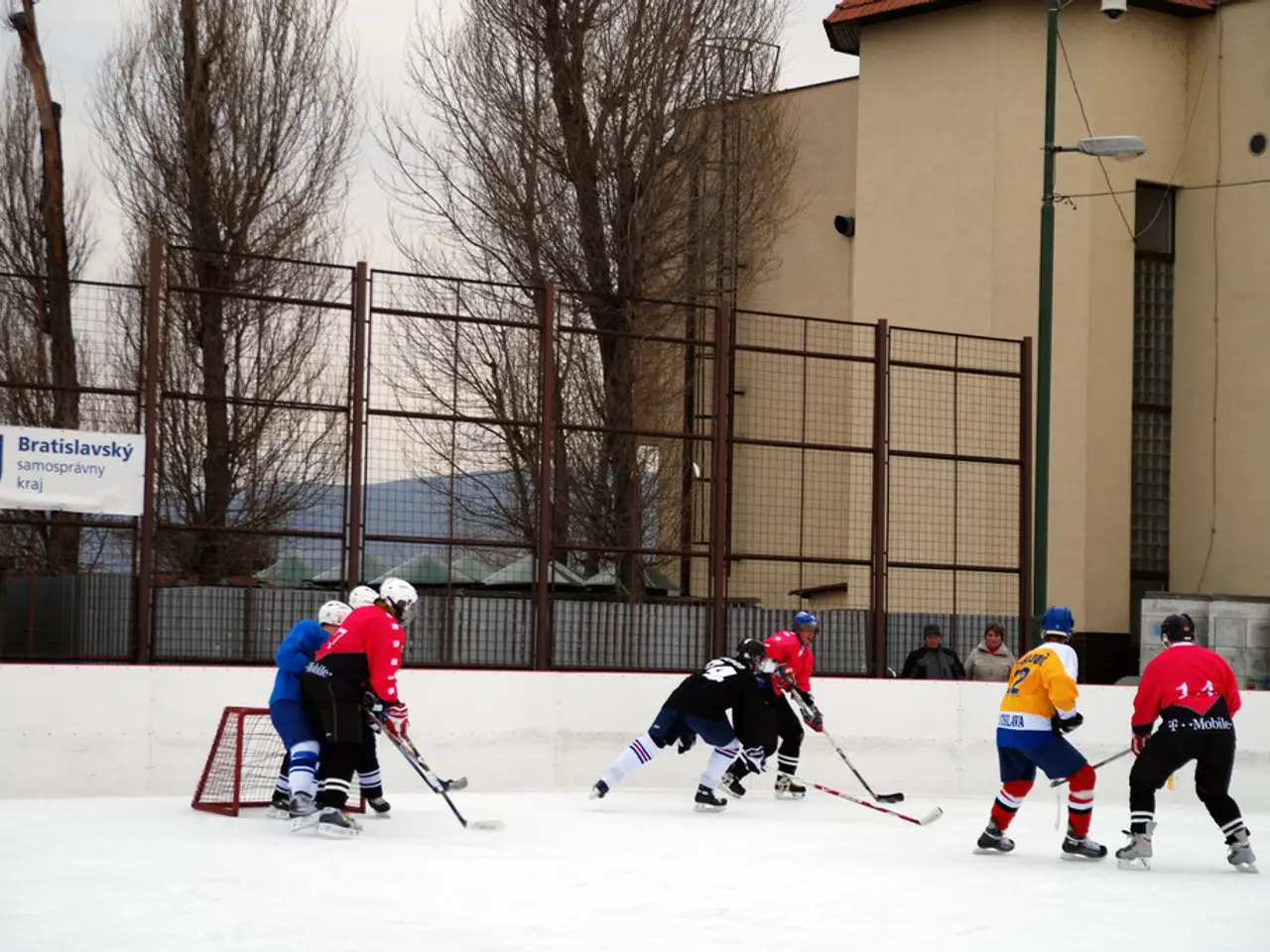As the off-season draws near, will the upward trend in cattle futures remain steady?
In the current market landscape, live and feeder cattle futures are experiencing a robust bullish trend, driven by a combination of strong demand, tight supply conditions, tariff impacts, and seasonality effects.
Live cattle futures have remained in a firm bullish trend, reaching new record highs in July 2025. This upward trajectory is supported by both technical and fundamental factors aligning to push prices higher. Simultaneously, feeder cattle futures have outperformed live cattle, surpassing $3.25 per pound and hitting record highs, more than triple their 2020 lows. The feeder market remains very strong as it enters the traditional grilling and peak demand season.
One of the key factors contributing to the tight supply conditions is the reduction in the U.S. herd, which is at its lowest since the 1960s, with 27.8 million head in 2025. This decline is in part due to drought conditions beginning in 2021, forcing ranchers to liquidate cows. Furthermore, feeder cattle supplies are expected to tighten further in 2026 due to import restrictions and slower marketings, reducing beef production by an estimated 5% year-over-year.
The Trump administration's tariffs continue to influence price support in the U.S. live cattle market, while a May 2025 import ban on live cattle from Mexico is anticipated to remain in place, further tightening feeder supplies in the U.S. and putting downward pressure on beef production volumes. U.S. beef exports have faced challenges, notably an 11% year-over-year drop in May 2025, with exports to China down 90% due to expired registrations preventing many U.S. processors from exporting there, despite the absence of new tariffs.
Prices typically strengthen in anticipation of the peak grilling season starting in May 2026. Any price correction before that period could be seen as a buying opportunity by market participants. Some temporary softening in cash cattle prices occurred around early July 2025, likely related to holiday demand lulls and packers having adequate supplies, but prices remain close to record highs.
U.S. consumers continue to demand beef robustly despite record-high retail beef prices, supporting live cattle price strength. Domestic per capita disappearance of beef is expected to decrease in 2026 due to reduced production, but exports also are falling, modifying overall demand balances.
In summary, live and feeder cattle futures in 2025 are characterized by robust bullish trends driven by constrained supplies (with drought and import bans playing crucial roles), continued strong domestic demand despite elevated prices, lingering tariff effects, and traditional seasonality patterns supporting prices as the grilling season approaches. Market participants who strategically buy dips in the cattle market over the coming months could potentially reap benefits during the 2026 peak grilling season.
Despite the bullish trend in live and feeder cattle futures being driven primarily by factors like tight supply conditions, strong demand, and seasonality effects, another aspect that could catch the attention of market participants is the ongoing success of sports events, considering the significant increased demand for beef during major sporting events. For instance, the Super Bowl alone witnesses a surge in beef consumption, with football enthusiasts often preferring burgers, steaks, and other beef-based dishes during these events. Given this trend, strategically buying dips in the cattle market over the coming months could potentially yield benefits for investors during the peak grilling season, including major sporting events, in 2026.








